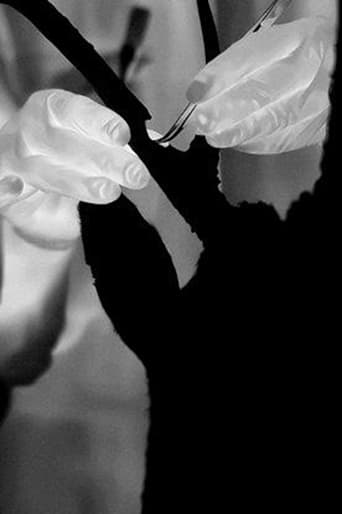Extramission: The Capture of Glowing Eyes
Conservators at the Natural History Museum in London are seen through a thermal imaging camera traditionally used in surveillance or hunting. They restore taxidermy specimens from the South American collection in preparation for relocation to off-site storage. Infra-red night-time footage captures endangered animals that have recently been translocated from Europe back to their native habitat in Argentina, the country from which Rinland’s parents emigrated. Conservators at the Natural History Museum in London are seen through a thermal imaging camera traditionally used in surveillance or hunting. They restore taxidermy specimens from the South American collection in preparation for relocation to off-site storage. Infra-red night-time footage captures endangered animals that have recently been translocated from Europe back to their native habitat in Argentina, the country from which Rinland’s parents emigrated. Conservators at the Natural History Museum in London are seen through a thermal imaging camera traditionally used in surveillance or hunting. They restore taxidermy specimens from the South American collection in preparation for relocation to off-site storage. Infra-red night-time footage captures endangered animals that have recently been translocated from Europe back to their native habitat in Argentina, the country from which Rinland’s parents emigrated. Conservators at the Natural History Museum in London are seen through a thermal imaging camera traditionally used in surveillance or hunting. They restore taxidermy specimens from the South American collection in preparation for relocation to off-site storage. Infra-red night-time footage captures endangered animals that have recently been translocated from Europe back to their native habitat in Argentina, the country from which Rinland’s parents emigrated.



 AD
AD